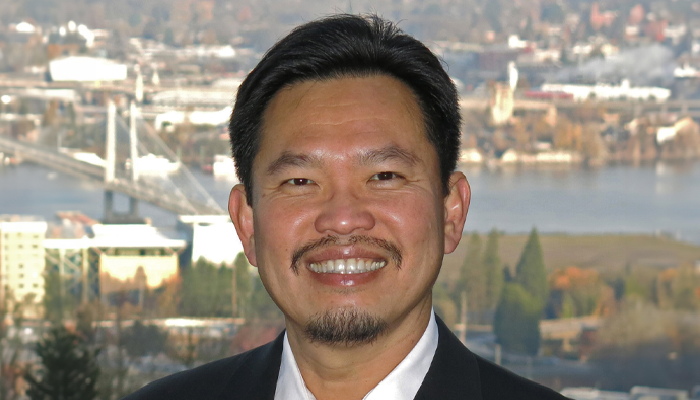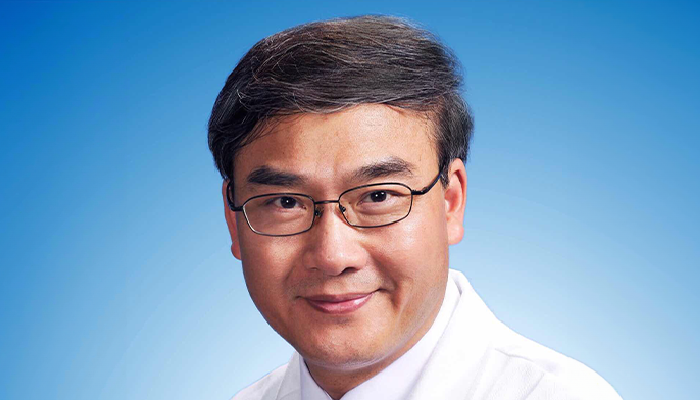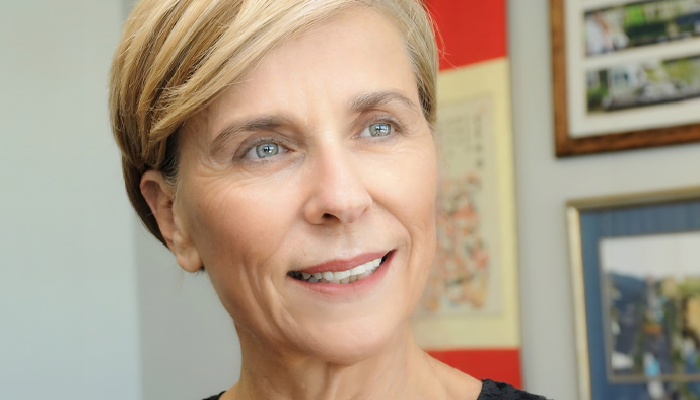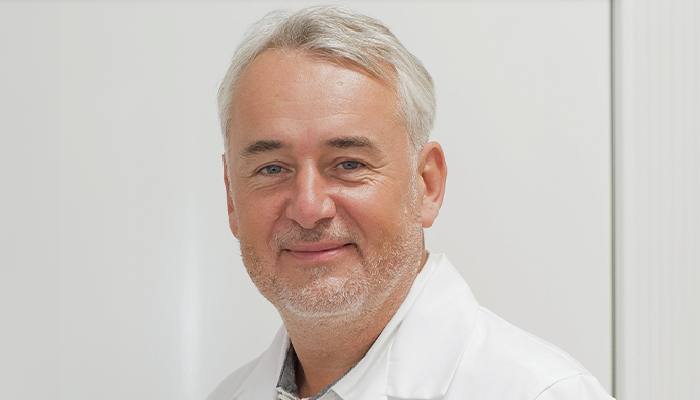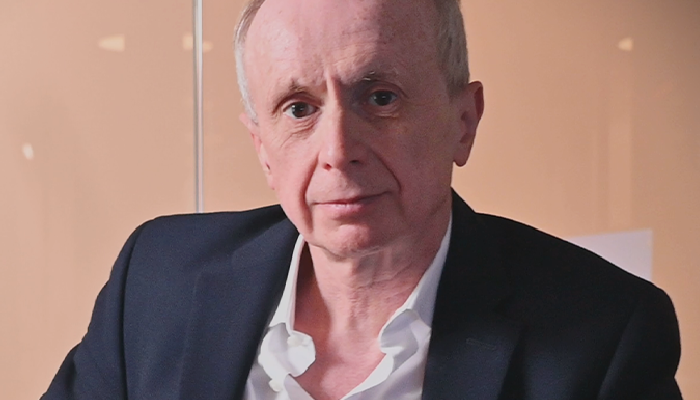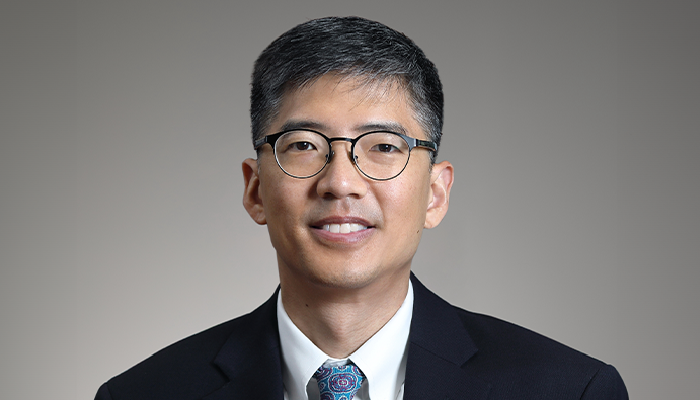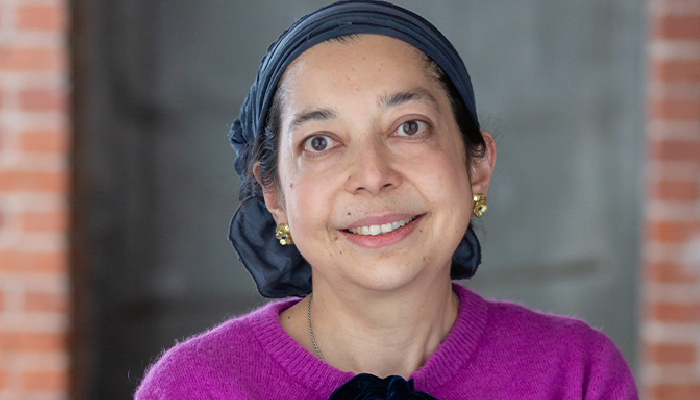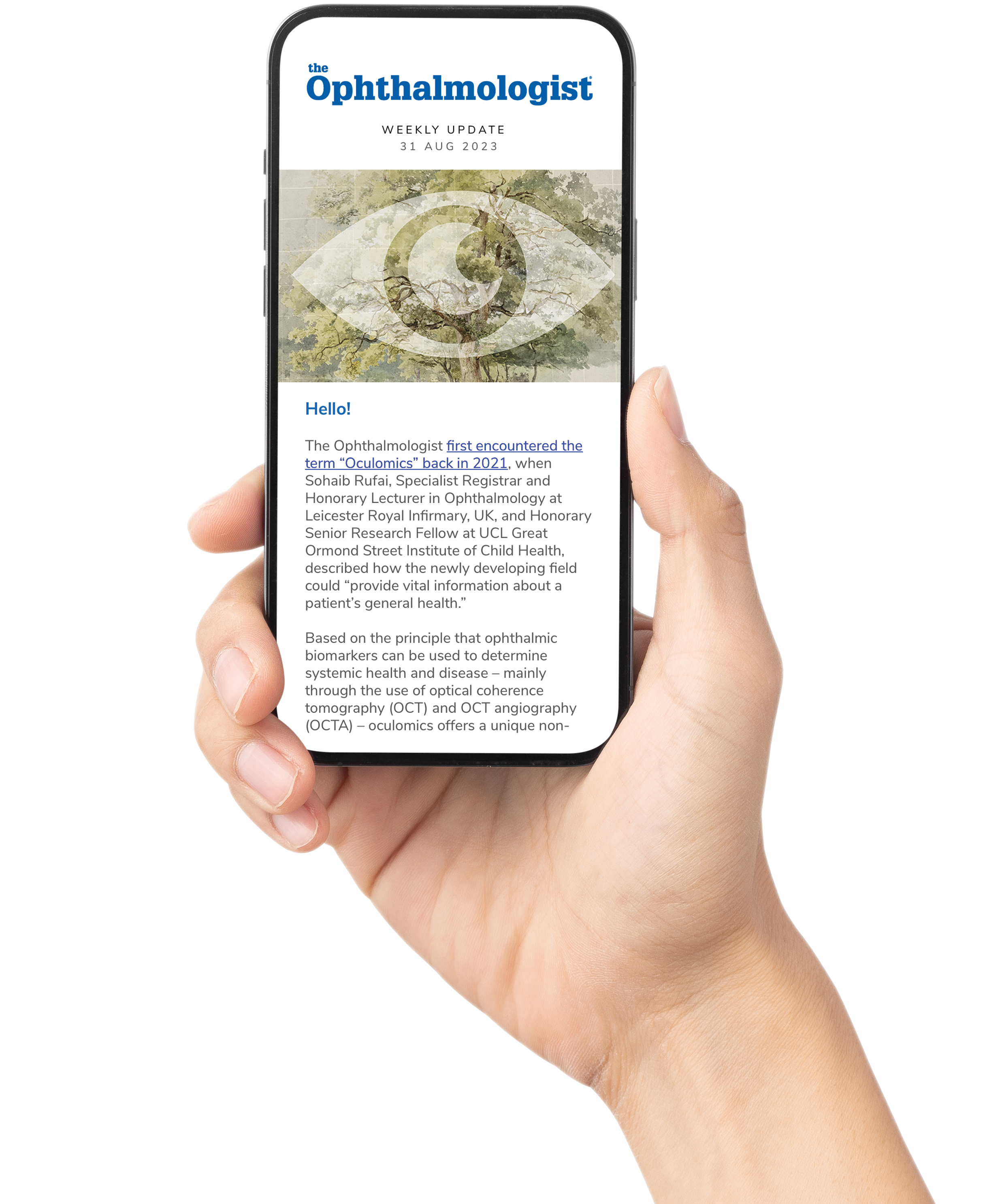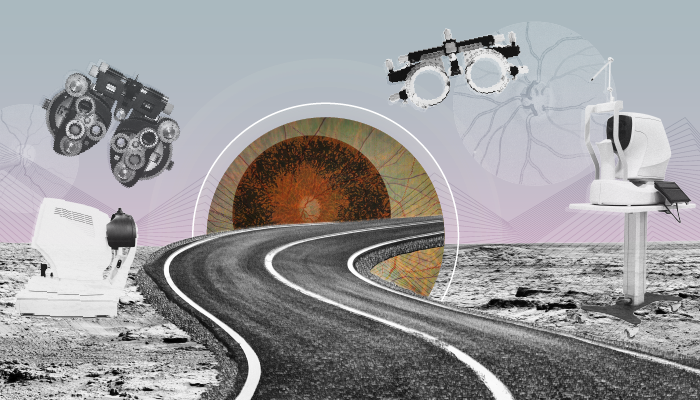
To coincide with the announcement of our new Hall of Fame inductees – which sees David Huang, co-inventor of optical coherence tomography (OCT), and Dennis Lam, leading clinician, entrepreneur, and philanthropist, added to the esteemed roll-call – The Ophthalmologist recently convened a KOL roundtable to explore the transformative power and future potential of OCT.
For this special event, Huang and Lam were joined by Ophthalmologist Power Listers (see sidebar), who discussed their observations and experiences of how OCT technology has revolutionized the practice of ophthalmology and patient care.
In part two, we ask the panel, “With the development of at-home OCT devices for patients with chronic conditions like macular degeneration, how do you think this trend will change the way we manage patient care? Are there any concerns about accuracy or patient adherence?”
Highlights of the discussion follow.
David Huang: I'm really heartened by all the enthusiasm for home OCT. You listed some really nice pros and cons, and I applaud Notal for starting early and sticking with it so far. I think in the long term it's all going to work, because it’s already fairly economical. And when we have integrated photonics and OCT on a chip, it would be even more economical and probably offer higher performance for at-home OCT. Cost-effectiveness analysis and reimbursement will all take some time, so I hope Notal can stay with it.
Zeiss introduced the original OCT system in 1996, got the Current Procedural Terminology (CPT) code in 2000, and had a high-volume product by 2002. That's six years overall. I think things are taking longer now. If you look at OCT angiography (OCTA), the technology we licensed was introduced in 2014; it will have a CPT code and be reimbursed in 2025, so that's 11 years and then, after that, you can have high-volume products. By historical analogy, it may take more than 10 years for home OCT to take off, so companies will have to have some resources and some patience!Keith Barton: Yes, how do you fund it? That is the most obvious question. And there must be all kinds of logistic issues involved with getting the device to the patient’s home. I note that China’s Zhongshan Ophthalmic Center is considering a Deliveroo-type model; the device is delivered to the patient’s house, the patient does the OCT, and the device is taken away again. But that seems very cumbersome.
Loewenstein: Every company can produce a home OCT. It’s not a problem for Heidelberg, for Zeiss, for example. The problem is all the infrastructure around it. Notal is the only one that has the infrastructure; the Notal monitoring center sends out the device via FedEx.
Barton: Yes, of the four companies I’ve seen doing this, Notal is the only one that seems to be turning it into a business. But as you say Anat, even they are struggling with the reimbursement. I’m wondering, if you cannot get this to work as a business in the US, you might have no hope anywhere else…
Nadia Waheed: There are a few challenges to home OCT. The biggest one is perhaps getting over the reimbursement challenge, another is cost and feasibility, and I think there is a third issue around liability. But zooming out and taking a 360-degree view, we can see that miniaturizing and democratizing technology overall is something that is hugely beneficial to society. It gives us the ability to screen better, to monitor disease better. It is like moving from the days when you had to dial a telephone exchange who then connected you to the right person to having cell phones in our homes and purses and pockets at all times. We’re going to have to find a way to get over some of the hurdles around reimbursement and compliance and responsibility, but I think those are fairly small obstacles in the bigger scheme of things.
Anat Loewenstein: I can talk about Notal Vision in this regard as I've been involved with the company for 25 years, since they were founded. Notal’s SCANLY Home OCT is not yet commercialized in the United States; it has FDA approval, but the company is finalizing their reimbursement process. The reason that it's only approved in the US is because, in order for home monitoring to work – and I think this is also the case in other subspecialities – you need a monitoring centre. You need someone to review what's happening with any home monitoring.
Now, in multiple studies that we did in the US with Nancy Holekamp, Director of the Retina Service at Pepose Vision Institute, and Jeffrey Heier, Director of Retina Research at Ophthalmic Consultants of Boston (OCB), I can tell you that 95 percent of the patients can use the technology, even the very old patients. I had a 99-year-old patient that could use it in the clinic, and not in a home-mimicking environment in the clinic. Patients can use it, you can rely on them to do the test and be very adherent.
The problem is the patients cannot decide when they need to go to see the physician. Also, they need to be monitored for compliance and for reimbursement, even their opening of the packaging needs to be monitored. Then of course all the billing opportunities need to be monitored. So there has to be some kind of a monitoring centre for this, and I think this is the major barrier.
Barton: I've heard Notal Vision CEO, Kester Nahen, present many times, but not having seen Notal's actual device, I wonder if you can get the same resolution as you can with, say, the SPECTRALIS? Is it as clinically useful?
Loewenstein: No, it is not, but that’s not the aim. The aim is not to diagnose paracentral acute middle maculopathy (PAMM) or things like that. The aim is to measure fluid, and for that it compares in accuracy with commercial OCTs and with expert graders. So it is accurate enough, but it's not aimed at diagnosing specific uveitis or small things that you might want to see.
Michael Chiang: I think getting OCT into the real world has been a brilliant story. It starts with a really innovative technology, identifying use cases for it, and then seeing it prove to be effective and cost-effective. And now it is being applied in ways we wouldn't have anticipated back in 2000.
In terms of home OCT, we’ve seen some of the challenges mentioned. Somebody is going to have to show that it is clinically effective, which I think we're on our way to doing, and also that it's cost-effective, that the health care system is really better off for having this technology. It's more complicated than saying, “Oh, we can get a billing code and somebody will pay for it.” The question is, is it actually better for the system overall? Those are the things I'm going to be most excited about.
Dennis Lam: This may be the way to go, because we want good accessibility but we also have to think about affordability and quality. But I think if we have the ability to capture reasonably good images and then hook these up with AI, then it can become a very valuable proposition. In Hong Kong we have the fundus AI system. You just put your chin there and you get the photos for both eyes in one or two minutes, and then in another couple of minutes you have the diagnosis. Of course, it won't be 100 percent accurate, but this is not for eye clinics; if we also have OCT and AI in optometry practices at an affordable fee, then it opens up much more availability for patients. For macular diseases, whether you have a home OCT or not, if you have symptoms you’d better go to see a doctor. But in terms of monitoring of eye pressure for glaucoma cases, for example, this is where real home OCT could come in.
Loewenstein: But you don't need the highest quality; you just need to make sure that the fluid and the activity biomarkers are accurate, and these are extremely accurate.
Barton: There are still limitations in glaucoma. You cannot just rely on OCT, which is why I was asking about the resolution. Obviously, if you could measure the fluid volume and monitor the disc with a multipurpose device set, then it could be very attractive indeed.
The abiliIty to monitor disease at home, to customize treatment for patients, and to reduce the burden of having to come into clinic on a regular basis, even when patients are doing well, is going to be transformative, once we can figure out how to overcome these hurdles.
Chiang: David, you mention how long it may or may not take to do this – well, so many things in the world in the past 20 years have shifted from the office to the home – shopping, buying aeroplane tickets, etc. I imagine it's inevitable that that happens to healthcare. Ophthalmology is somewhat slower than other fields to make that shift because of our dependence on devices and certain tests that are difficult to scale out. We saw this in the pandemic where we were amongst the slowest of all the different specialities to shift to remote.
It will be good for our community to think critically about what eyecare might look like in 2040 compared to 2024, what technologies we will need, and how we might need to look at things differently from how we look at them now. The way we test or screen or monitor in the home or community in 2040, for example, may not be the same as how we do it now. Those conversations are going to be really exciting, and I think we would all benefit from consulting the “David Huang Playbook” on how to take new ideas and implement them into the real world.
Stay tuned for Part 3, in which the panel discusses the promise of artificial intelligence in further advancing OCT. To see the full video of the roundtable, please register here.
Click on the links for Part 1 and Part 3 of this roundtable discussion.
Join leading ophthalmology experts, including OCT co-inventor David Huang, as they discuss how home OCT will change patient care.
